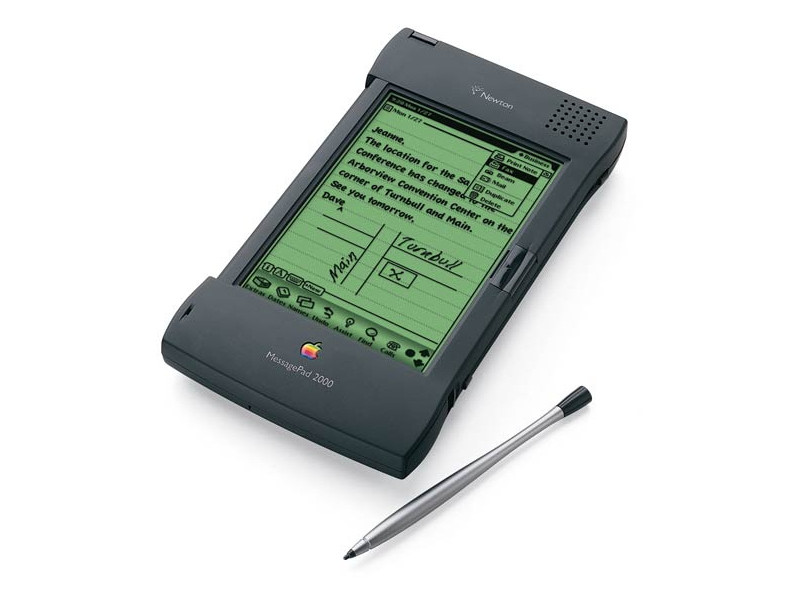
Apple.inc, is a multinational corporation, which creates iPhone, iPad, iPod, MacBook, and more. It was founded by Steve Jobs and Steve Wozniak on April 1, 1976, and incorporated the company on January 3, 1977. Today, we know this company as a successful and one of the biggest technology company in the world. All their today’s flagship devices, such as iPhone, MacBook, iPad, even their new device, Apple Watch have been successfully sold in the market. However, you probably didn’t know, they had experienced the failures too.
The Apple Products That Totally Failed In The Market
The Apple III
After the success of the Apple II series – the computer series from Apple Computer (now Apple .inc) and designed by Steve Wozniak – Apple started to developed its successor, the Apple III in 1978 under the management of Dr. Wendell Sander with the code name “Sara”, taken from his daughter’s name. The interesting fact is, this was the first Apple computer that was not designed by Steve Wozniak. The Apple III was first released on May 19, 1980.
Why this product failed? A very buggy software and hardware issue and the overheating motherboard was causing some problems with the system, become the main reasons why the Apple III failed in the market and its development was finally stopped on April 24, 1984.

The Apple Lisa
The Apple Lisa is the first commercial personal computer with graphic user interface (GUI) and the first Apple product that used a mouse. The project was started in 1978 and its first release was in June 1983. The name “Lisa” was taken from Steve Jobs’ daughter, but it was also the acronym of Local Integrated System Architecture.
Actually, the Apple Lisa was an amazing computer and Apple had spent their time (four years) and lots of money ($50 millions) in developing it, but due to its high price, the fact its performance was a bit slow, and only few software applications available for this computer, it failed in the market.

The Mac Portable
The Mac portable is the first Apple portable computer, which was released on September 20, 1989. It’s used an internal lead-acid gel/battery, like you found in car batteries, which has 2 pounds of weight. Actually, this first Apple laptop had great features, but the problem is its entire weight. Can you imagine to bring 16 lbs laptop everywhere? It was discontinued on October, 1991 and 2 years later, Apple released its successor: Mac PowerBook 100, which was much lighter, smaller, and cheaper than Mac portable.

Macintosh TV
Back in 1993, Apple invented Macintosh TV that allowed you to use it as a computer and TV. It came with keyboard, mouse, and remote control for TV. Apple made only 10,000 units, and it was finally discontinued 4 months later.
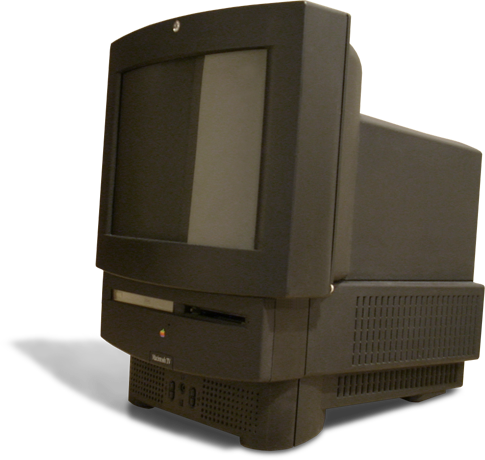
Apple Newton
Apple Newton is the first Personal Digital Assistant that was developed by Apple, back in 1992. The applications inside are: Notes, Names, Dates, simple tools such as Calculator, Currency Converter, Time-Zones Maps, and more. With Notes application, you can draw free-hand sketches or write small documents in your own handwriting.
Why did it fail? The built-in handwriting recognition is a killer feature on Apple Newton. It’s a unique and interesting ability, but the fact is, this feature is one of the reasons Apple Newton failed in the Market. Besides, the price was too expensive and its dimension were large and it was heavy. Apple discontinued this product in 1998.

Apple Pippin
Back in 1996, Apple decided to develop a video game console, named Apple Pippin. So, they partnered with Bandai Co.Ltd, the Japan company that’s focusing on the games and entertainments. The sales of Apple Pippin were predicted to reach 300,000 units, but the fact, only 42,000 units were sold.
One of the main factor why Apple Pippin failed, was because the market had been dominated by the Super Nintendo, Sega Saturn, Sony’s newborn PlayStation, and Windows PC games. Besides, the developers was not familiar and maybe not so interested with Mac OS, the Apple Pippin’s operating system. They prefer to choose PlayStation than Apple Pippin. But, this year, Apple wants to try their “luck” again in gaming industry through their new Apple TV.
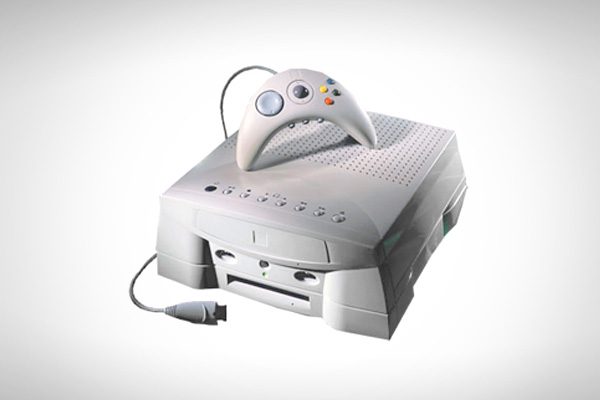
20th Anniversary Mac
The 20th Anniversary Mac or also well-known with TAM, was a limited edition from Apple. It was introduced at MacWorld Expo in San Francisco on January 7, 1997, to celebrate the 20th anniversary of Apple Computer. It came with built-in TV, FM tuner, and a massive Bose subwoofer. It’s said to be the pioneer of the iMac. With its amazingly high price, $7,499, around 4 thousand higher than PowerMac 6500, which only $2,999, no wonder if this computer was withdrawn one year after its release date, in 1998, and they even cut the price to $1,995.

Apple eMate 300
The Apple eMate 300 is a Personal Digital Assistant, resembles to the laptop, and runs a Newton OS. It was designed for education purposes, provided with a built-in keyboard and stylus pen. The cost was quite low when it was released in 1997, $799, but after Steve Jobs returned to Apple, he decided not to continue the production of eMate and all Newton OS products.
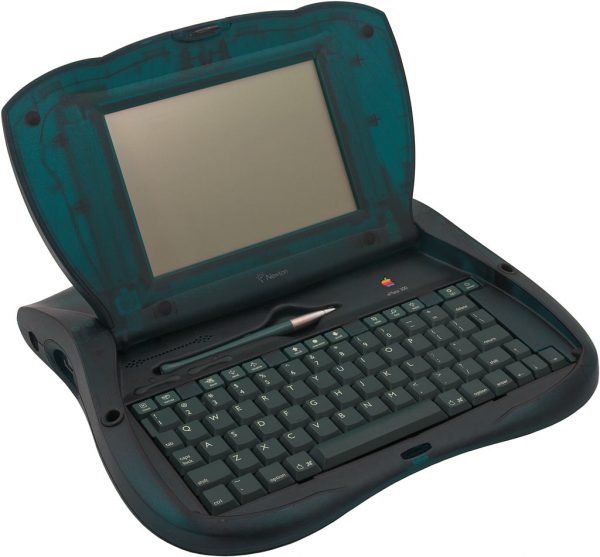
The “Hockey Puck” Mouse
The Hockey Puck mouse came with the original iMac in 1998. The iMac had a modern design, but the mouse was terrible. The Hockey Puck mouse used a circular shape with a single button on its top. It has a nice design though, but it was frustrating to use, especially to rotate or move it in one way. Finally, the mouse was discontinued in 2000 and replaced with the Apple Pro mouse.

The Power Mac G4 Cube
The Hockey Puck mouse came with the original iMac in 1998. The iMac had a modern design, but the mouse was terrible. The Hockey Puck mouse used a circular shape with a single button on its top. It has a nice design though, but it was frustrating to use, especially to rotate or move it in one way. Finally, the mouse was discontinued in 2000 and replaced with the Apple Pro mouse.
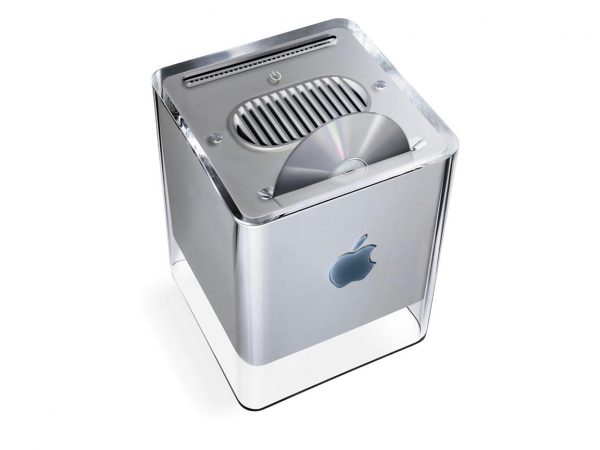
The U2 iPod
The U2 iPod is an iPod special edition, the partnership between Apple and U2 band. It was introduced in June 2005. Instead of having white color, like its prior, this iPod special edition has a black color with the red color for the click wheel button. On its back, there are the autographs of the band’s members. Unfortunately, this iPod didn’t hit in the markets, and it was stopped in 2007. It could be because of the color combination or the price that $50 higher than the white iPod, but U2 iPod was not a success.
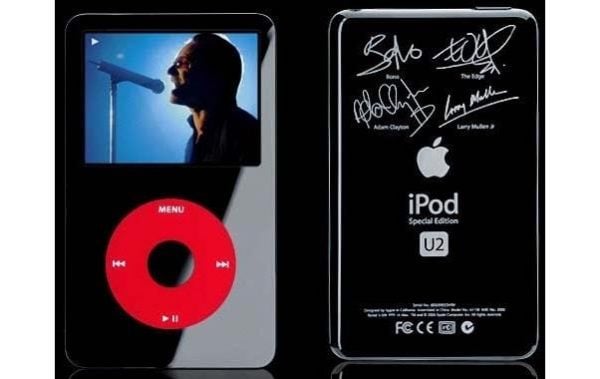
AppleWorks
AppleWorks are the office suite products. The first program was released in 1984, integrated with the Apple II platform. In 2007, Apple stopped the AppleWorks due to the office suite was till held by Microsoft Office. AppleWorks then transformed into iWork. Now, it’s a free productivity application available for Mac and the new iOS device.

Quicktake
Quicktake 100 is one of the first consumer-focused digital cameras, which debuted in 1994. Quicktake could hold a total of eight photos at its maximum resolution with 640 x 480 of resolution. It also has an odd shape, has no display, and with a too expensive price $750, no wonder that failed in the market. The Quicktake was canceled after Steve Jobs returned to this company in 1997.
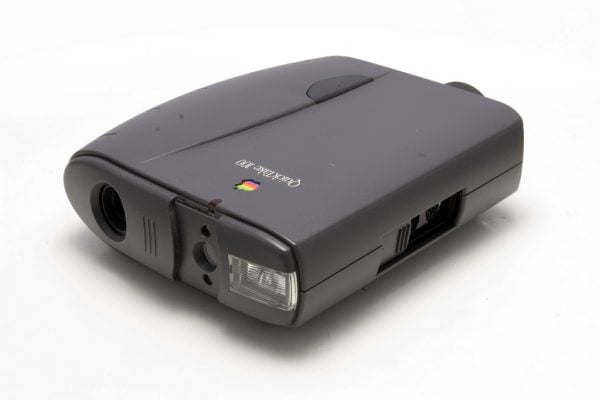
Motorola Rokr E1
Motorola Rokr E1 was a partnership form between Apple and Motorola, presented the iPod on a Motorola handset. This genius idea combines the popularity of Motorola phone and the iPod, whereas the user can connect the Motorola Rokr E1 to iTunes application to sync music. The failure of this device was in the very slow sync between iTunes and Motorola. Moreover, sometime this device wasn’t detected in the iTunes and due to firmware restrictions, users couldn’t have more than 100 songs uploaded at any given time.

PowerCD
PowerCD was created by Apple in the CD media player era, in 1993. Its design is a clone of the other CD media player, such as Philips CDF-100. It was sold in addition to Apple’s speakers and also included a remote control. The PowerCD was capable of reading Kodak photo CDs, data CDs, and audio CDs. You can connect this device to Apple Macintosh PC and stereo systems and televisions. PowerCD couldn’t compete with Sony walkman.

Read also: Android Flip Phone will come! When? Where?

